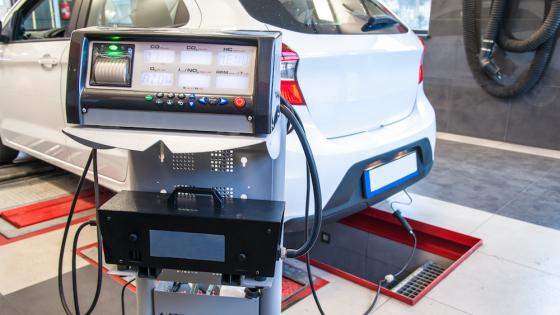DP10783 Innovation, Emissions Policy, and Competitive Advantage in the Diffusion of European Diesel Automobiles
Spurred by Volkswagen's introduction of the TDI diesel engine in 1989, market penetration of diesel cars in Europe increased from 10% in 1990 to over 50% in 2000. Using Spanish automobile registration data, we estimate an equilibrium discrete choice, oligopoly model of horizontally differentiated products. We find that changing product characteristics and the increasing popularity of diesels leads to correlation between observed and unobserved (to the researcher) product characteristics, an aspect we allow for in the estimation. Despite widespread imitation by its rivals, Volkswagen was able to capture 32% of the potential innovation rents and diesels accounted for approximately 60% of the firm's profits. Moreover, diesels amounted to an important competitive advantage for European auto makers over foreign imports. We provide evidence that the greenhouse emissions policy enacted by European regulators, and not preferential fuel taxes, enabled the adoption of diesels. In so doing, this non-tariff policy was equivalent to a 20% import tariff; effectively cutting imports in half.


